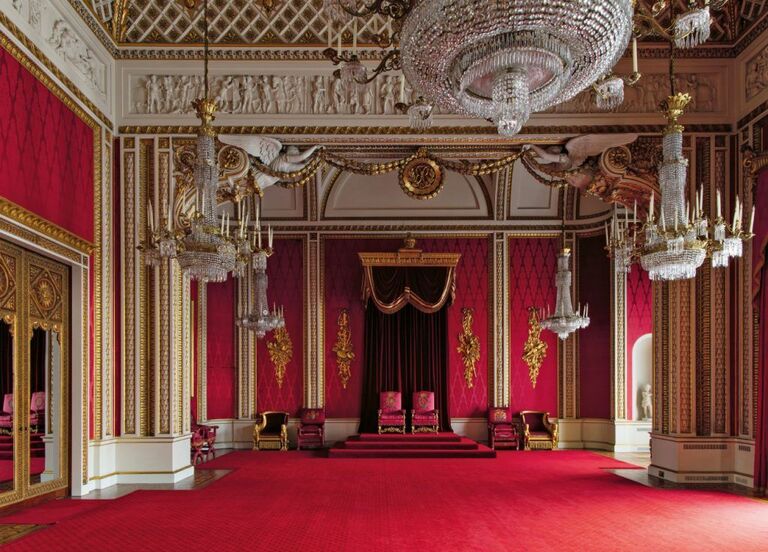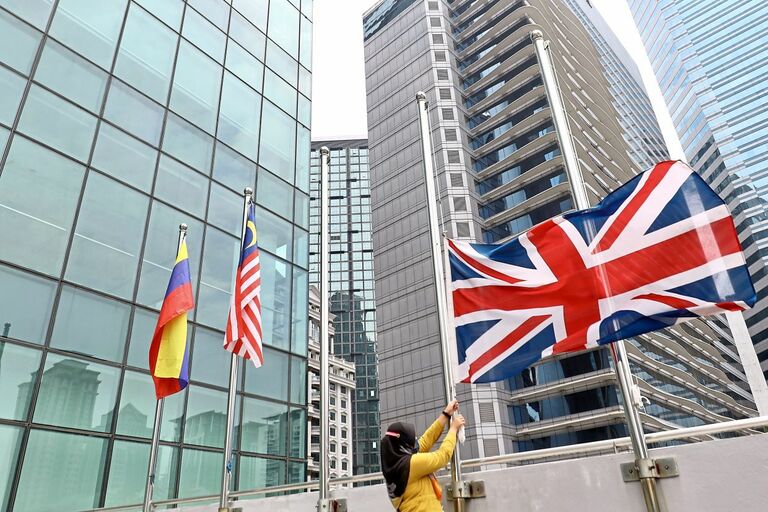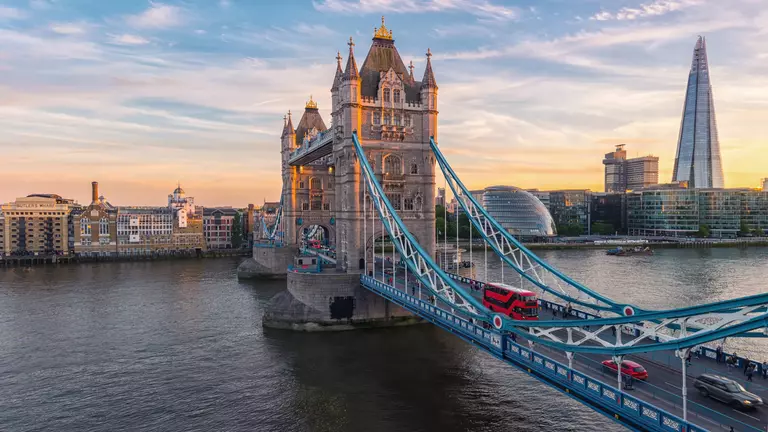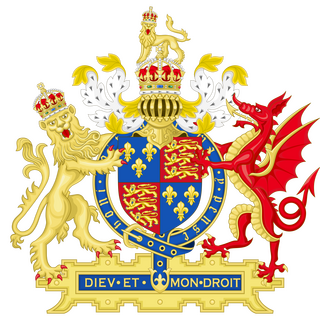Royal Warrants Royal Warrants are granted to People or companies who have regularly supplied goods or services for a minimum of five consecutive years to the King, the Duke of Edinburgh or the Prince of Wales.
Coat of Arms The function of the Royal coat of arms is to identify the person who is Head of state. The souvereign's coat of arms has evolved over many years and reflects the history of the Monarchy and of the country. In the design the shield shows the various Royal emblems of different parts of the United Kingdom.
Coinage and Banknotes There are close ties between the Monarchy and the United Kingdom monetary system. These can be seen, for example, in the Tite of the, Royal Mint' and the representation of the monarch on all circulating British coinage.
The Crown Jewels The Crown Jewels are the ceremonial treasures which have been acquired by English kings and queens, mostly since 1660. The collection includes not only the regalia used coronations, but also crowns acquired by various monarchs, church and banqueting plate, orders, insignia, robes, a unique collection of medals and Royal christening fonts.
The Immortal Orb The imperial apple is a sign of domination in the form of a globe with an attached cross The sphere stands for the earth, symbols of the emperor's world domination, the cross is a sign of the emperor's commitment of the Christian faith.
Important Places
1. Buckingham Palace - Central London
- Is the office and official residence of the King.
- From end of July - September the Palace opens up for Visitors.
- Famous event of the Changing of the Guards.
- The Palace is 180 Years old. It was Build in 1703.
- Its located in the Westminster District.
- If the British Flag is hist, then the King isn´t home.
- If the Official Flag is hist, then the King is Home.
2. Kensington Palace - Central London
- Its the other Royal Familys members Home.
- The Palace is 300 Years old and it was build in 1689.
- Kensingtons Palace Garden is 110 Hectares big.
- Its located in London .
3. Windsor Castle - Outside of London
- It is the Largest and Oldest Castel in the World.
- It was Build in the late 11th Century.
- The Windsor castle was the Queens favorite Place.
- The Changing Guard ceremony is fairly Popular.
- 10 out of 39 British Monarchs have been buried in Windsor Castle.
4. Westminster Abby - Central London
- It was the Setting of every Coronation from 1099.
- The Westminster Abby held 16 Royal Weddings.
- Its also a Church.
- 17 Monarchs are buried there.
- It was Rebuild in the 13th Century.
5. Hampton Court Palace - South-West London
- It was Build in the Early 16th Century.
- It holds a Maze and a great Vinery.
- It was originally an Ordinary Country House.
- William III and Mary III renovated the Palace.
6. Tower of London - Central London
- Its 900 Years old.
- The Tower of London is Housing the crown jewel.
- Its holding Famous and Infamous Prisoners.
- The Guards are so called "Beefeaters"
- During both of the World Wars, the Tower of London was a Military Base.
7. Edinburgh Castle - Scotland, Central Edinburgh
- Its one of the oldest fortified Places in Europe. It is About 1000 Years old.
- Its a Royal Residence and a Military Garnison.
- Still used for Military purposes nowadays.
- The Edinburgh Castle was Destroyed Several times and Rebuild just as many Times.
8. Palace of Holyroodhouse Edinburgh - North-East, relatively Central
- Official Residence of the Royal Family in Scotland.
- It was Build in 1501.
Coat of Arms
The Three Versions of the Coats of Arms
Most heraldic colors have more than one meaning. Over hundreds of years, some of these meanings have changed. Here are the main meanings behind each color. Please remember that the first coat of arms was granted in 1088 and since then the meaning of colors for a coat of arms has changed over time. Also some countries view colors differently from other countries.
- Coat of Arms: England (Red; three Lions)
Blue – Azure: Signifies loyalty, chastity, truth, strength and faith.
Red – Gules: Signifies magnanimity, military strength, warrior and martyr.
Gold – Or: Signifies wisdom, generosity, glory, constancy and faith.
2. Coat of Arms: Scotland (Yellow; one Lion)
Silver / White – Argent: Signifies truth, sincerity, peace, innocence and purity.
Green – Vert: Signifies abundance, joy, hope and loyalty in love.
Blue – Azure: Signifies loyalty, chastity, truth, strength and faith.
Red – Gules: Signifies magnanimity, military strength, warrior and martyr.
3. Coat of Arms: Ireland (blue; Harp)
Silver / White – Argent: Signifies truth, sincerity, peace, innocence and purity.
Gold – Or: Signifies wisdom, generosity, glory, constancy and faith.
Blue – Azure: Signifies loyalty, chastity, truth, strength and faith.
Purple – Purpure: Signifies temperance, regal, justice, royal majesty, and sovereignty.
Green – Vert: Signifies abundance, joy, hope and loyalty in love.



